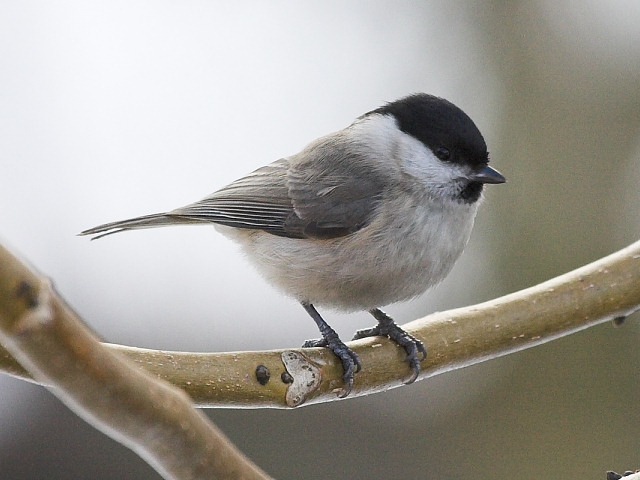The ornately colored sea anemone (uh-NEM-uh-nee) is named after the equally flashy terrestrial anemone flower. A close relative of coral and jellyfish, anemones are stinging polyps that spend most of their time attached to rocks on the sea bottom or on coral reefs waiting for fish to pass close enough to get ensnared in their venom-filled tentacles.
Their bodies are composed of an adhesive pedal disc, or foot, a cylindrical body, and an array of tentacles surrounding a central mouth. The tentacles are triggered by the slightest touch, firing a harpoon-like filament into their victim and injecting a paralyzing neurotoxin. The helpless prey is then guided into the mouth by the tentacles.
There are more than 1,000 sea anemone species found throughout the world’s oceans at various depths, although the largest and most varied occur in coastal tropical waters. They run the full spectrum of colors and can be as small as half an inch (1.25 centimeters) or as large as 6 feet (1.8 meters) across.
Some anemones, like their coral cousins, establish symbiotic relationships with green algae. In exchange for providing the algae safe harbor and exposure to sunlight, the anemone receives oxygen and sugar, the bi-products of the algae's photosynthesis.
They form another, more famous symbiotic alliance with clownfish, which are protected by a mucus layer that makes them immune to the anemone's sting. Clownfish live within the anemone’s tentacles, getting protection from predators, and the anemone snacks on the scraps from the clownfish’s meals.
skip to main |
skip to sidebar







Chimpancé


Corvus monedula

Garrulus glandarius

Parus caeruleus

Parus Palustris

Parus palustris

Anémona terrestre

Anémona de mar y pez payaso

Anémona de mar
Los textos originales de las siguientes traducciones pueden verse en la categoría de “Sitios web de los textos originales”


Textos en inglés


Traducciones

Datos personales
- Cotufa Patatria
- Traducción científico técnica. Escuela de Idiomas Modernos. Facultad de Humanidades y Educación. Universidad de Los Andes. Mérida, Venezuela. e-mail: cotufapatatria@hotmail.com


Chimpancé


Corvus monedula

Garrulus glandarius

Parus caeruleus

Parus Palustris

Parus palustris

Anémona terrestre

Anémona de mar y pez payaso

Anémona de mar